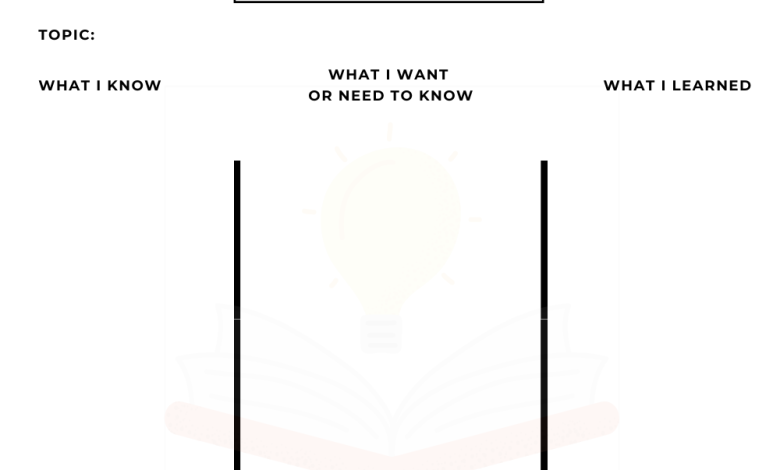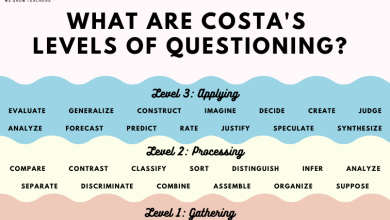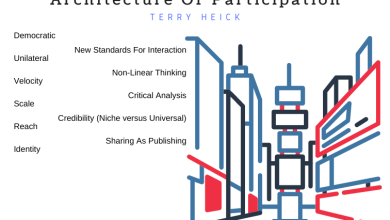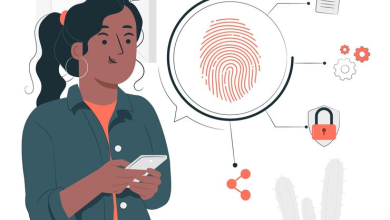An Example Of Rigor-Based Differentiation –

contributed by Barbara R. Blackburn
Differentiation is a popular concept in today’s schools.
After all, it makes sense. We’d all love to provide instruction tailored to every student’s needs. However, intentionally or accidentally, many teachers simply lower the rigor for struggling students. When we do that regularly, students always stay behind. In some cases, they are never even allowed to work at a higher level, which isn’t fair to those students.
From my perspective, rigor is not just ‘harder work.’ In Rigor is Not a Four-Letter Word, I define rigor as creating an environment in which each student is expected to learn at high levels, supported so he or she can learn at high levels, and demonstrate learning at high levels.
Notice that the second aspect of rigor is supporting students. In other words, rigor is having high expectations but providing the scaffolding needed so students can achieve those goals. In other words, the higher the level of rigor, the higher the need for support.
So, let’s examine rigor and differentiation together. Differentiation aims to help students learn and grow, and if they are learning rigorous content, we must provide appropriate support so they can succeed.
Let’s look at a sample lesson used in middle school science. The topic is oceans, and the teacher faced the issue of having a small group of students who couldn’t read the text. She also had some advanced students who were bored. Notice how all students’ results are similar, but the process and scaffolding are different.
Stage One
Level One: Students are given an article on the same topics written at a lower reading level than the standard text. Using a detailed ‘Thinking Notes’ (see below) they read the text, with the teacher’s assistance as needed. Next, they answer comprehension questions, which are provided in advance.
Level Two: Students read the grade-level article. They are provided with standard ‘Thinking Notes’ that they can choose to use. Next, they answer comprehension questions.
Level Three: Students read an article on the same topic written at a higher level than the standard text. Next, they answer comprehension questions.
Stage Two
Level One: Students read the grade-level article. While reading the lower-level text, students have begun to develop vocabulary and background knowledge, ensuring they are more successful with the grade-level text. Using detailed ‘Thinking Notes,’ they read the text with the teacher’s assistance as needed. Next, they answer comprehension questions, which include opportunities to compare and contrast information.
Level Two: Students read a second article, one that is written at a higher level. A standard ‘Thinking Notes’ is provided if they need it. Next, they answer comprehension questions, which include opportunities to compare and contrast information.
Level Three: Students read a complementary article on the same topic written at a higher level than the standard text. Next, they answer comprehension questions, which include opportunities to compare and contrast information.
Class Discussion
Level One: Students choose one of the identified issues related to oceans. Appropriate resources are provided. With the teacher’s guidance, they create a three-column chart with the heading Issue, how changes have affected people, and how they would address the situation. Students would write a narrative explaining how the issue impacts oceans, including justification for their points. They may also propose a solution for the issue, with details.
Level Two: Students may work individually or in pairs. After choosing an issue related to oceans, students research the topic more deeply. They find at least two sources, one of which is an editorial, website or promotional materials for an advocacy group, or some other type of opinion about the issue. Next, they evaluate the credibility of their opinion piece, comparing it to the factual information found in other sources.
Finally, they write a critique of the editorial, website or promotional materials, or another type of opinion. The critique should include their opinion and a justification of their points, including factual information. They conclude with their own opinion as to a solution and an explanation.
Level Three: Students choose an issue, either one identified in class or another based on their research (a minimum of three appropriate sources). Individually, students create a research question, describe an appropriate investigation approach, and justify why their investigation needs to occur and how it will impact society.
As you review the lesson, the reading portion is built on the strategy, ‘Layering Meaning.’ That is only the starting point for struggling students rather than just giving them an ‘easier’ text. Once they have read the easier text, notice they moved back to the grade-level text to read with support.
By reading the easier text, they have built background knowledge and vocabulary, which helps them read the grade-level article. This key strategy allows students to stay on target rather than continually falling behind. As a bonus, notice that advanced students read a more challenging article, building on their knowledge and hopefully piquing their interest.
Conclusion
Differentiation for struggling students is a critical part of success. However, if we simply ‘make it easy enough for them,’ we do a disservice to those students. If we keep the standards high and increase our scaffolding, we can help students learn and achieve rather than stay at a lower level.
Students choose one of the identified issues related to oceans. Appropriate resources are provided. With the teacher’s guidance, they create a three-column chart with the heading Issue, how changes have affected people, and how they would address the situation.
Students would write a narrative explaining how the issue is impacting oceans including justification for their points.
They may also propose a solution for the issue, with details.
Fielding, L., & Roller, C. (1992, May). Making difficult books accessible and easy books acceptable. The Reading Teacher , 678–685.




